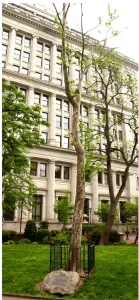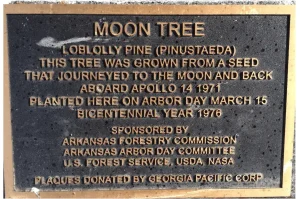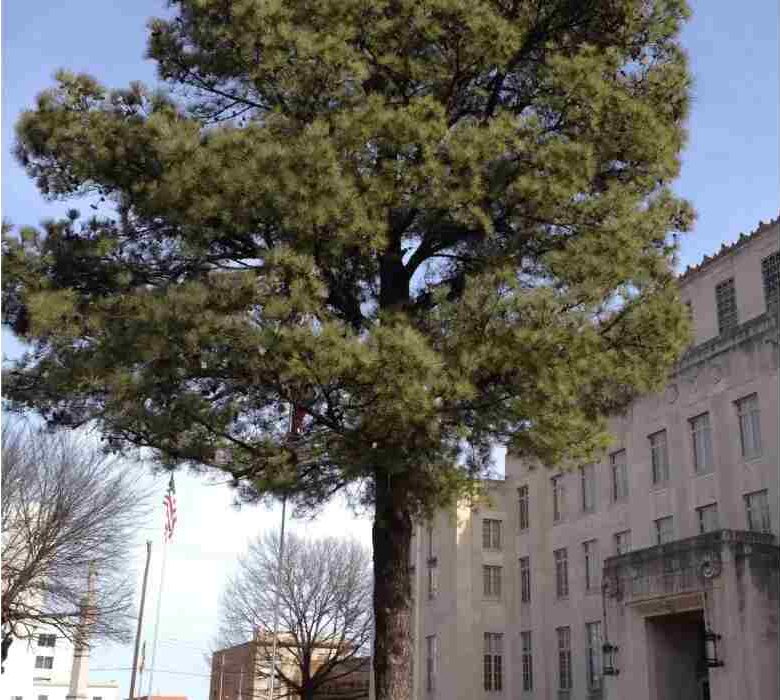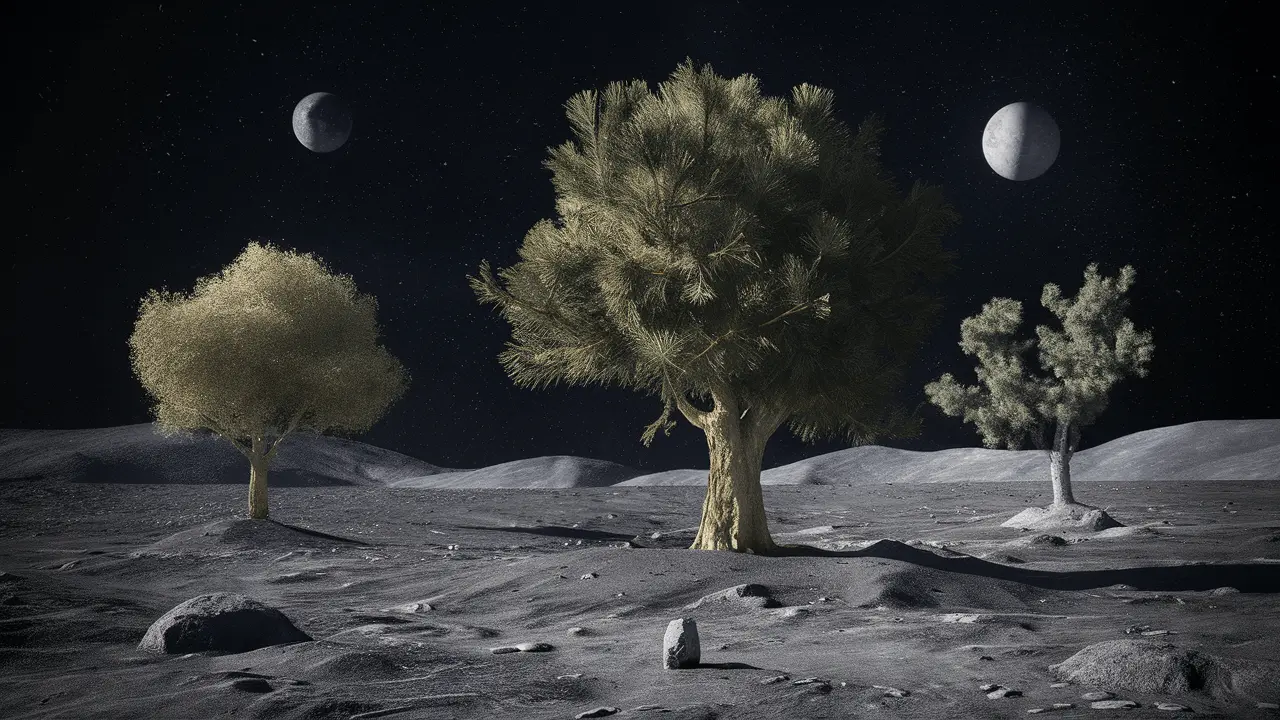The History of Moon Trees: Nature’s Lunar Legacy
In the vast expanse of space, where Earth’s moon hangs like a silent sentinel, a unique connection exists between our celestial neighbor and the humble tree. Join us on a journey through the captivating history of moon trees, a tale woven with science, space exploration, and nature’s enduring resilience.
What are Moon Trees?
Moon trees, as their name suggests, are trees that have a unique connection to the moon. But how did this connection come to be? The story begins with an extraordinary journey to space, where seeds of various tree species embark on an adventure beyond Earth’s atmosphere.
The Seeds of Adventure

In 1971, astronaut Stuart Roosa carried around 500 seeds aboard Apollo 14, NASA’s third mission to land humans on the moon. These seeds included loblolly pine, sycamore, sweetgum, redwood, and Douglas fir. They nestled safely within the command module Kitty Hawk during their journey, spanning nearly 240,000 miles to the moon and back.
Apollo 14’s Lunar Garden
While astronauts Alan Shepard and Edgar Mitchell explored the lunar surface, the seeds orbited the moon, exposed to the vacuum of space and cosmic radiation. This lunar garden experiment aimed to study the effects of space travel on biological organisms, paving the way for future missions and understanding the potential for life beyond Earth.
From Moon to Earth
Upon their return to Earth, the moon tree seeds germinated under scientists’ careful supervision. Miraculously, most seeds sprouted into healthy seedlings despite their extraordinary journey through space. These seedlings became known as moon trees, carrying a remarkable tale of resilience and adaptation.
Planting Roots Across the Globe
Since their return, moon trees have been distributed worldwide across the United States, planted in parks, schools, and arboretums. They serve as living symbols of space exploration and environmental stewardship.
Uniting Nations in Greenery
The distribution of Moon Trees transcends borders, thus bringing together people from different cultures and backgrounds. In this way, these trees serve as reminders of humanity’s shared heritage and the boundless possibilities of cooperation and collaboration.
Moon Tree Mystique

Despite their widespread popularity, moon trees retain an aura of mystery and intrigue, enticing enthusiasts to embark on pilgrimages. Visitors marvel at their connection to the cosmos and the stories they embody, fostering a sense of wonder and awe.
Celebrating a Lunar Legacy
As we reflect on the history of moon trees, we celebrate their remarkable journey and the spirit of exploration. These living artifacts remind us of our place in the universe and the wonders beyond the stars.
FAQs About Moon Trees
Q1: Where can I find moon trees?
**A:**Moon trees can be found in various locations across the globe, including parks, botanical gardens, and universities. Examples can be seen in Washington Square Park in Philadelphia and the Kennedy Space Center in Florida.
Q2: How do moon trees differ from regular trees?
**A:** Moon trees are regular tree species grown from seeds that have traveled to the moon and back. While they may not look any different from their Earth-bound counterparts, their unique history sets them apart, distinguishing them from ordinary trees.
Q3: Can I plant my moon tree?
**A:** While you may not have access to seeds that have traveled to the moon, you can still plant a tree in honor of this celestial legacy. Consider choosing a species that is native to your area and symbolizes the spirit of exploration.
Q: Are moon trees safe to touch or interact with?
**A:** Yes, moon trees are perfectly safe to touch and interact with, just like any other tree. However, respecting any guidelines or regulations to protect these living monuments is always a good idea.
Q5: How long do moon trees live?
**A:** Moon trees have a lifespan akin to their non-spacefaring counterparts, lasting several decades to centuries, depending on the species. They continue to inspire future generations with their enduring legacy.
Conclusion


